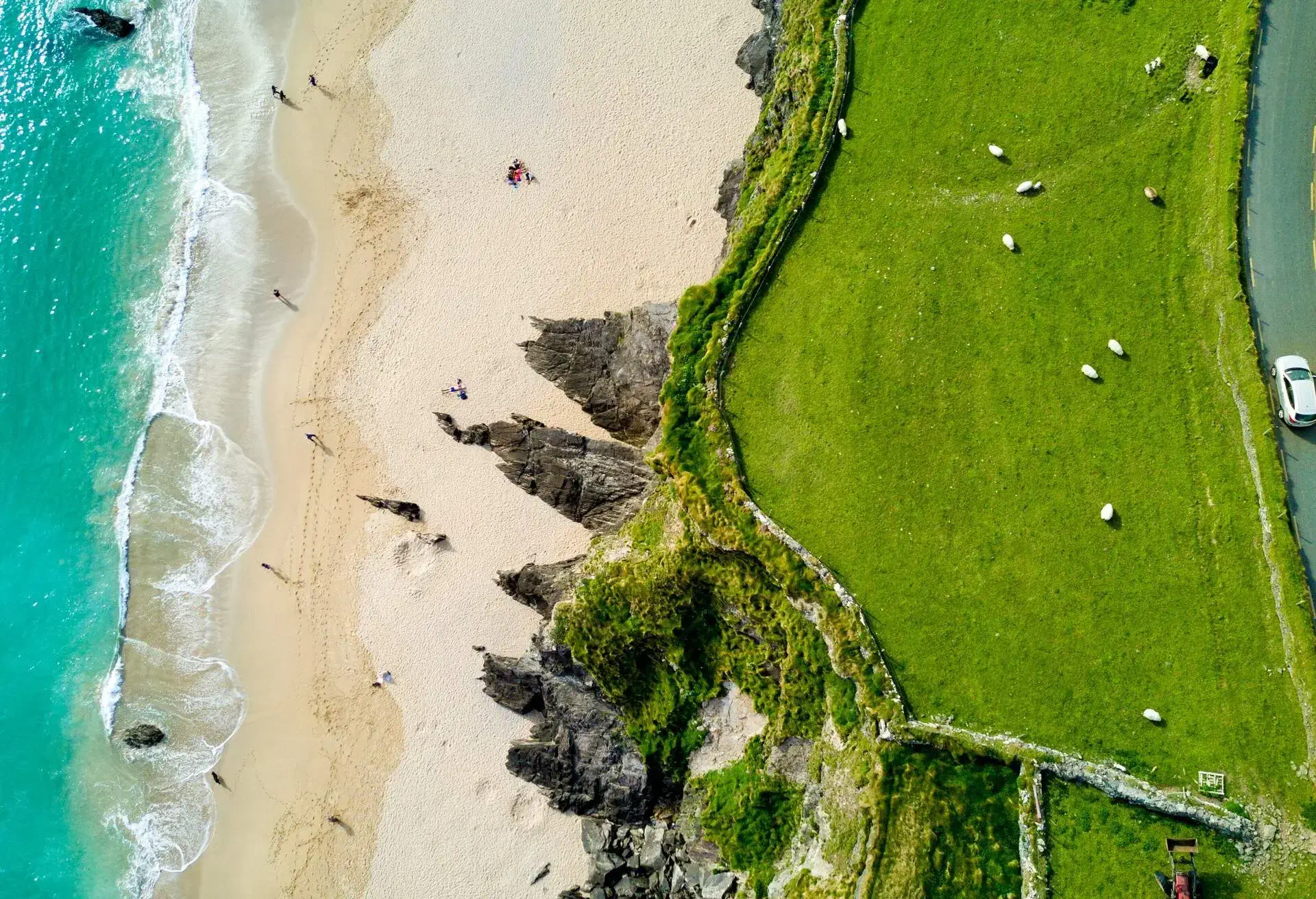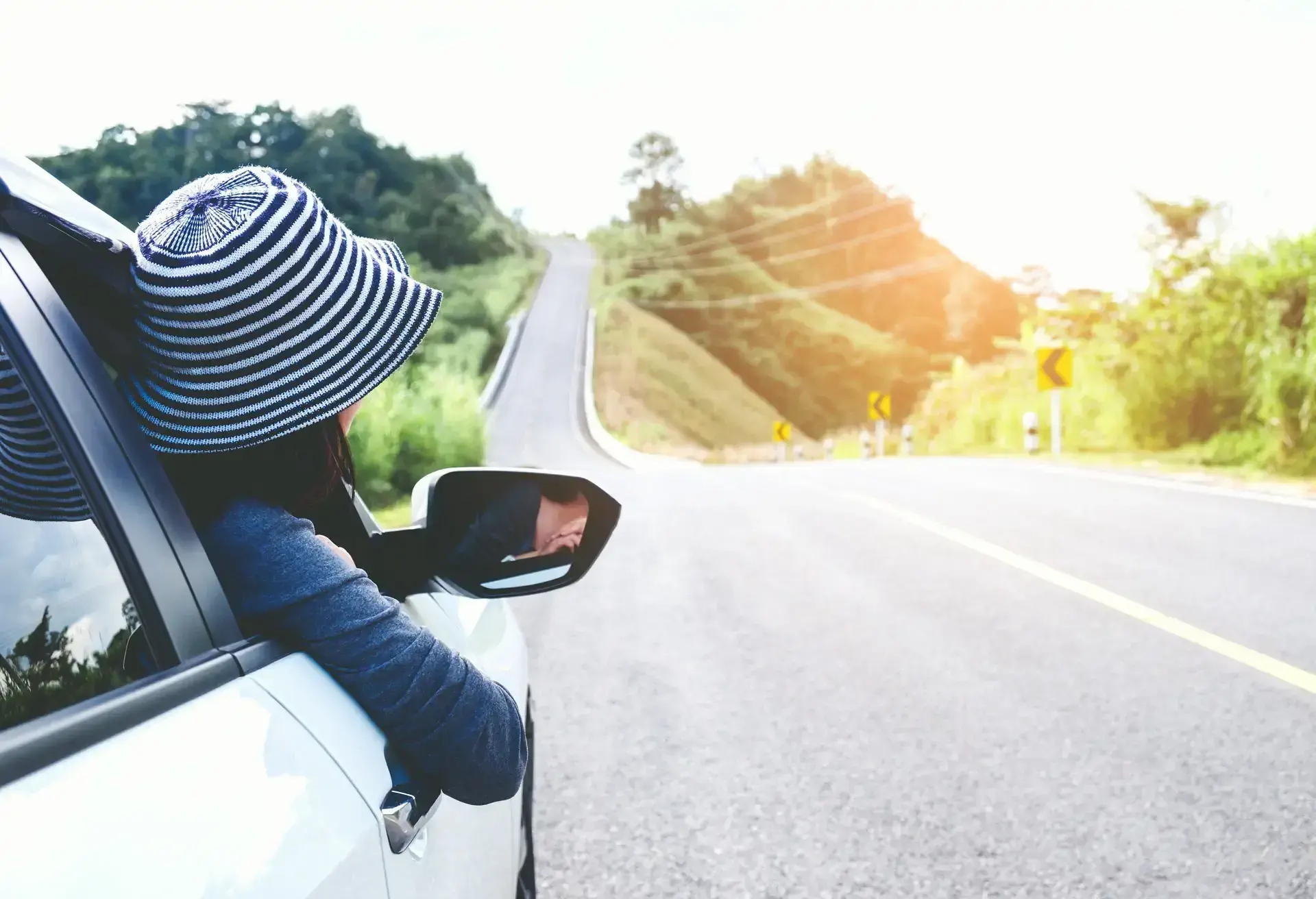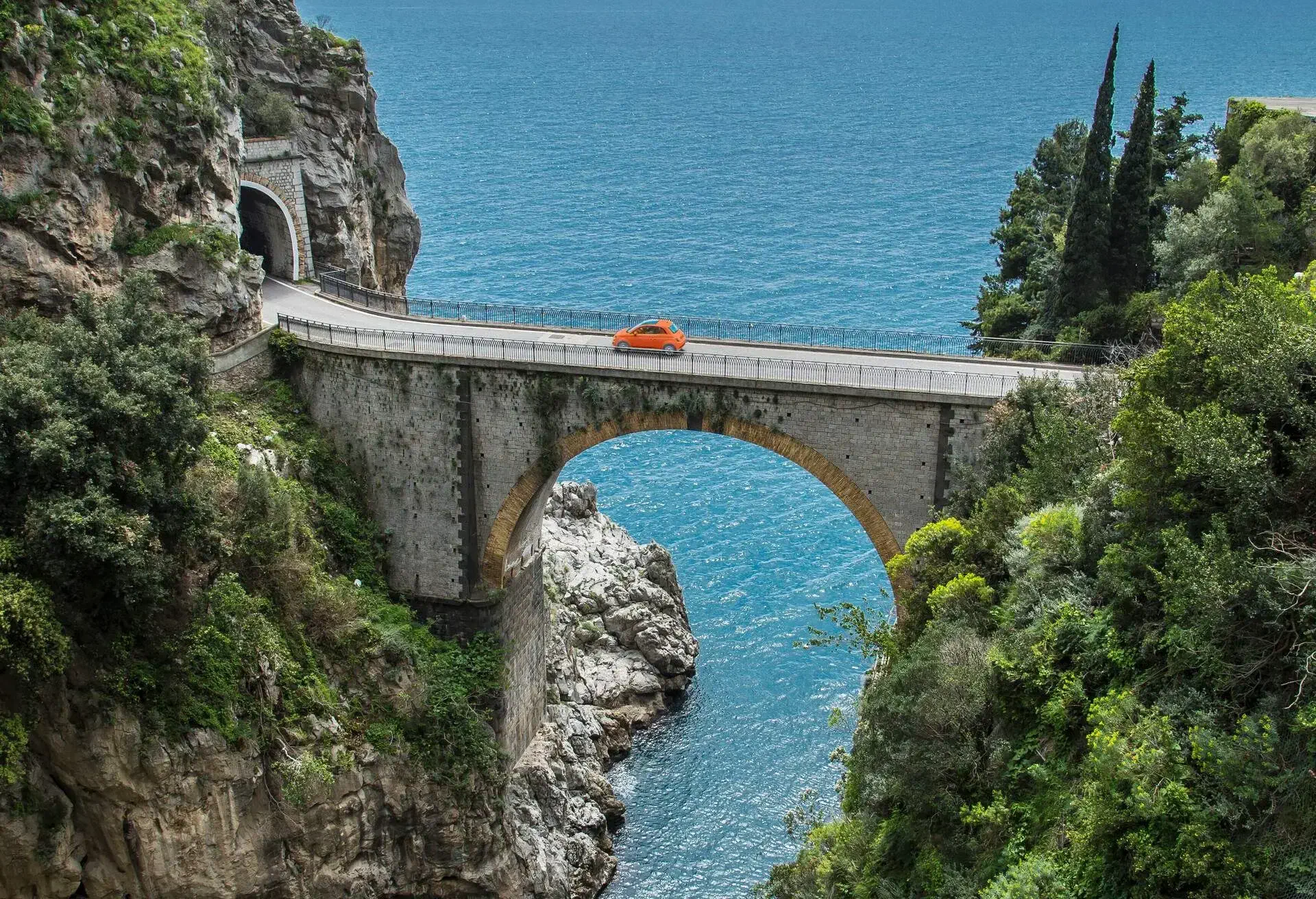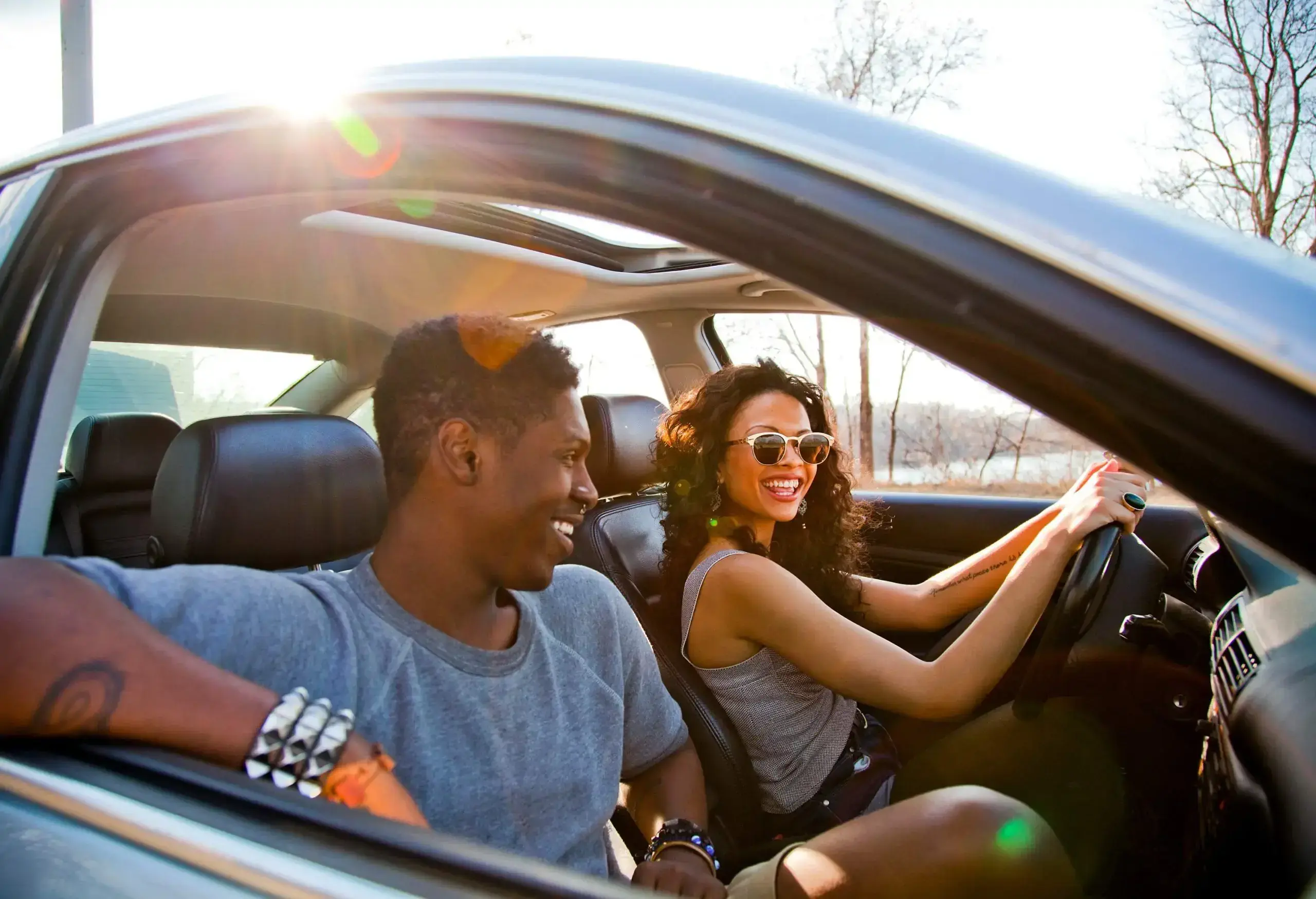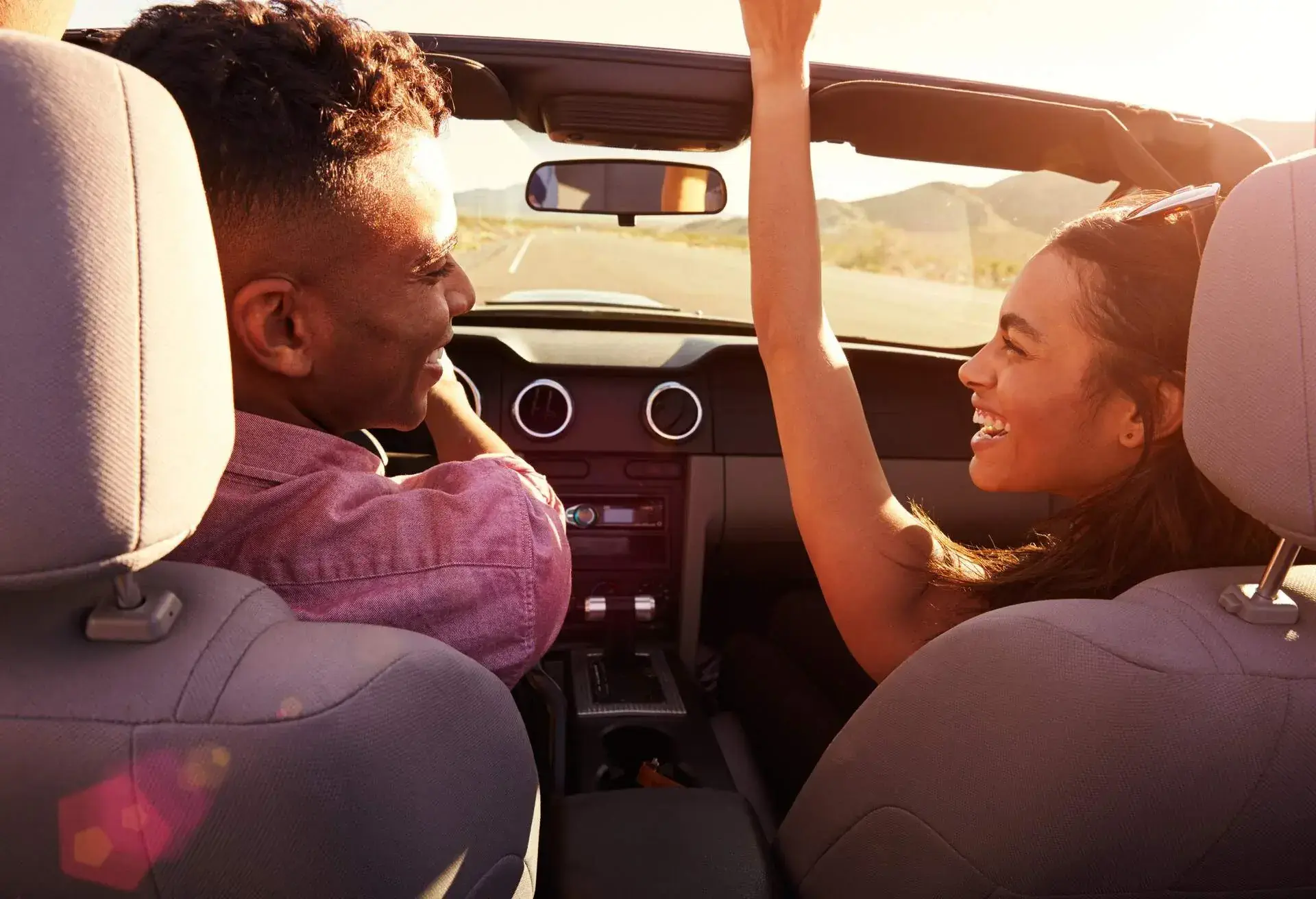Whether you’re looking at driving to Ireland with your own car or hiring a vehicle once you get there, read on to find out more about all the ins and outs of driving in Ireland.
Requirements for driving in Ireland
Before you head off on your holiday or business trip in Ireland by car, make sure you have examined all the rules and requirements related to driving in Ireland. Good news – driving in southern Ireland after Brexit is unchanged for tourists.
Driving in Ireland with a UK driving licence
Can you drive to Ireland with a UK driving licence? Absolutely. If you are visiting Ireland and driving there for a short amount of time, your UK driving licence is sufficient. However, if you are living in Ireland or planning on moving there, you’ll need to exchange your UK driving licence for an Irish one.
In addition to your UK driving licence, when driving in Ireland or other countries it can be useful to have an International Driving Permit (IDP). If you still carry a paper driving licence or if yours was issued in Guernsey, Jersey, on the Isle of Man, or in Gibraltar, then an IDP will be necessary to drive in some EU countries and Norway.
What side of the road do they drive on in Ireland?
In Ireland, you drive on the left-hand side of the road, which is the same side as in the UK. That means you can easily drive to Ireland from the UK and stay in your comfort zone.
Motorways and toll roads
There are six motorways and two national bypasses in Ireland that require toll payment, including the M1 that links Gormanston and Monasterboice, the N25 which is the Waterford City Bypass, and the M50 which is a barrier-free toll road. In addition to these routes, you will also have to pay to drive through the East Link Bridge, the Dublin Tunnel and the Limerick Tunnel.
When driving on a toll road, make sure you have some cash with you as not all stations accept cards. If you drive on the M50, you must ensure you pay the toll fee by 8pm the next day in order to avoid a fine.
Road signage and etiquette
You may notice there is a different language written with English on road signs – this is Irish Gaelic. Although most Irish people use English as their first language, many still use the traditional tongue. In more remote parts of Ireland like the Gaeltacht areas, only Irish Gaelic is written on road signs, so be sure to plan ahead and use a sat nav where possible to avoid getting lost.
In rural parts of Ireland, roads are often narrow and windy. Don’t feel you need to keep to the speed limit on such roads – you don’t know if a car might be around the next corner. There are plenty of pull ins to allow cars coming in the other direction to pass, so take your time. Driving in Dublin and similar built up places is much the same as in the UK.
Driving on narrow, remote and windy roads can feel overwhelming. The key is to stay calm and take your time. Use a sat nav to plan an alternative route on bigger roads if this is a concern.
Kirstie Pickering, travel expert
Documents and car equipment
If you want to drive to Ireland from the UK with your own car, you will need to have the following documents with you:
- Valid UK driving licence
- V5 car registration
- Car insurance certificate
- A GB sticker
In addition to these documents, you are recommended to carry the following items with you in your car:
- Spare bulbs for external lights
- First aid kit
- Warning triangle
- Fire extinguisher
UK travellers driving to Ireland
Many people driving in Ireland from the UK decide on taking their own car to Ireland on holiday and making the journey via ferry. Drivers simply need to have a valid UK driving licence, motor insurance certificate and their car’s V5C registration documents with them when in Ireland for under 12 months. UK car insurance nearly always covers driving in both the Republic of Ireland and Northern Ireland, but double check your policy to be safe.
The rules are different if you’re taking a rental car hired in the UK onto a ferry to Ireland. If you hope to do this, check with your car rental company before making your booking. You must let the car rental company know at least 72 hours before you pick up your hire car so they can arrange a VE 103 certificate, which shows you’re allowed to use a hired vehicle if you’re driving it abroad. Remember, the Ireland driving side is on the left – the same as in the UK.
Cars are positioned close together on ferries, increasing the risk of damage. Consider whether you could hire a car in Ireland instead of take your UK car abroad if you are a nervous driver.
Kirstie Pickering, travel expert
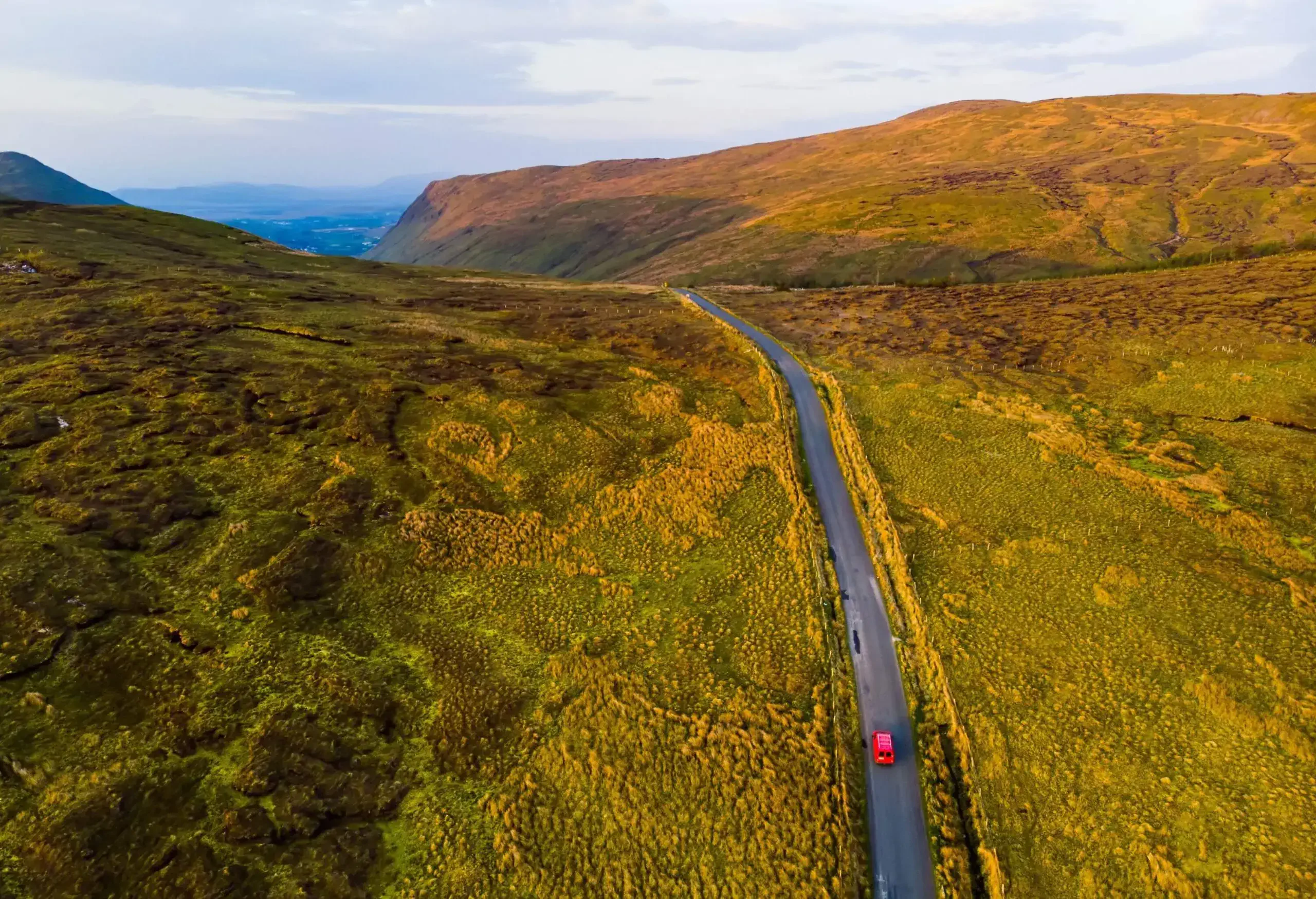
Hiring a car in Ireland
Here’s what you need to know if you prefer to leave your car at home and hire a vehicle in Ireland.
What do you need to hire a car in Ireland?
In order to hire a car in Ireland, you must be at least 21 years of age, though most agencies have set their minimum age as 23. You will need a full and valid UK driving licence, and some car hire companies require you to have held it for a minimum of two years.
You will also need to present another proof of identification such as a valid passport, and you will need a credit card to pay for the deposit as most agencies do not accept debit cards. Unlimited third-party liability insurance is required with any car hire and is usually included in the price.
Is driving to Ireland from UK with a car hire allowed?
While not all car hire companies allow it, there are agencies that will let you take your hire car cross border from the UK into Ireland. Please be aware that you will have to pay an additional fee which amounts to around £50 plus tax for short periods, or around £150 plus tax for longer-term hire periods.


More rules of the road in Ireland
We’ve already mentioned a few of the key rules of the road in Ireland, but here’s a few more important factors to keep in mind you’re planning on driving to Ireland or doing a road trip within the country.
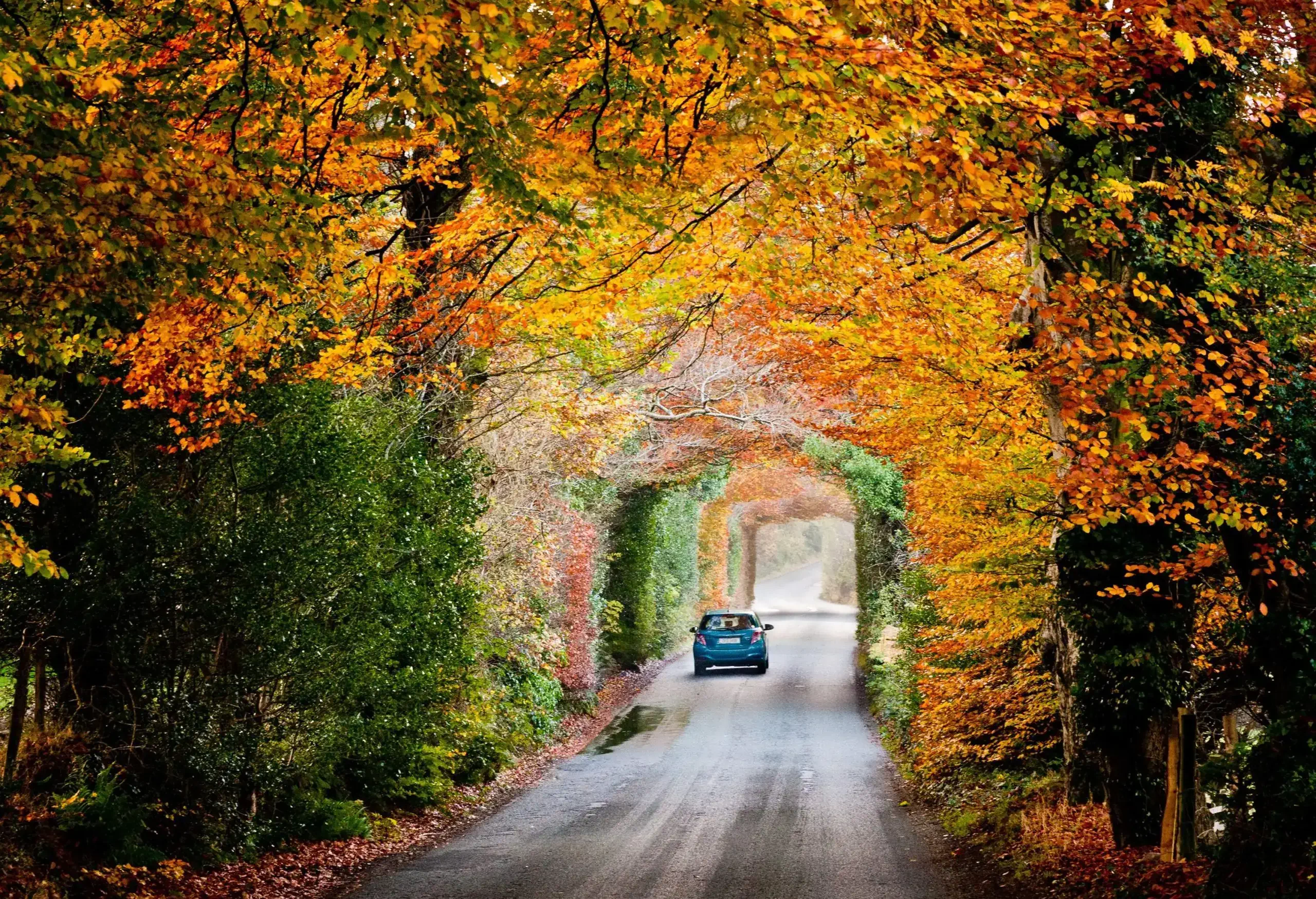
Minimum driving age
The minimum age for driving a car in Ireland is 17, but drivers can ride a moped or a 125cc motorcycle from the age of 16.
Speed limits
The speed limit in built-up areas in Ireland is generally 50km/h (about 30mph), though near schools or some residential areas it might be around 30 km/h (around 20mph). The speed limit goes up outside built-up areas and varies between 60km/h (40mph) and 100km/h (60mph) with clear indications on each road. Finally, the speed limit on motorways is 120km/h (around 75mph).
Roundabouts
When you get to a roundabout in Ireland, you should always give priority to any vehicles that are already on the roundabout. If it is a larger roundabout with multiple lanes, the lane you should enter from depends on where you will be exiting. As a general rule, the left lane is for drivers who will be taking the first exit and the middle lane for those taking the second exit, while the right lane is for those taking the third exit.
Alcohol allowance and drink driving
The maximum alcohol allowance for drivers of private cars in Ireland is 0.05%. This limit goes down to 0.02% for both beginner and professional drivers. Both of these limits are lower than the UK limit which is 0.08%.
Child seats regulations
Children aged up to three years must be placed in a rear-facing child seat in the back seat of the car. Kids aged over three can sit in the front seat as long as they have an appropriate child restraint or safety belt. Any children who measure under 5ft (around 150cm) and weigh less than 80lbs (around 36kg) must use the correct child seat or booster cushion whenever in the car.

Penalties and fines
Depending on the offence, fines in Ireland typically range from €60 (about £53) to €200 (about £175). For more serious offences, you might get a higher fine and be summoned for a court appearance. Officers (or Garda) can issue on-the-spot fines which you have 28 days to pay, otherwise the value increases by 50%.
Means of payment
The national currency of Ireland is the euro. You can also use credit and debit cards in most public places.
Parking
When looking for a parking space in Ireland, always make sure you look at the signs that indicate the parking rules of each zone. In addition, please note that you are not allowed to park within 30 feet of a crossing, junction or pedestrian lights. You are also not allowed to park on bicycle tracks, at a bus stop or on yellow lines. Disabled parking is available and indicated by blue lines with the wheelchair symbol. Disabled car parking is normally free and has no time limit.
Fuel
All the major fuel types are available throughout Ireland. You will find petrol under “Unleaded” and diesel under “Diesel”. If you are driving an electric car, keep in mind that you will only find electric charging points in the main cities such as Dublin. You can typically pay for fuel with cash in euros or by card.
Frequent questions about driving in Ireland
To drive your car in Ireland, you will need a valid UK driving licence, a V5 car registration, a car insurance certificate, and a GB sticker (if you don’t have an EU number plate as specified above).
To hire a car in Ireland, you need a full and valid UK driving licence that you’ve held for a minimum of two years, a valid passport and a credit card to pay for the car hire deposit.
Yes, if you are driving in Ireland with your own car, your UK car insurance should cover your trip. According to gov.uk, ‘All UK vehicle insurance provides the minimum third-party cover to drive in the EU (including Ireland).’
It is recommended to check with your insurer if you can benefit from some extra coverage while you drive your car abroad.
You must be at least 21 years of age to hire a car in Ireland, though most agencies will not hire a car to anyone under 23.
British passport holders living in or wishing to travel to the EU and EU nationals living in or wishing to travel to the UK from the 1st January 2021 are to be advised that all travel-related information have to be checked on this official webpage in order to inform yourself about all and any information pertinent to Brexit when making travel decisions.

